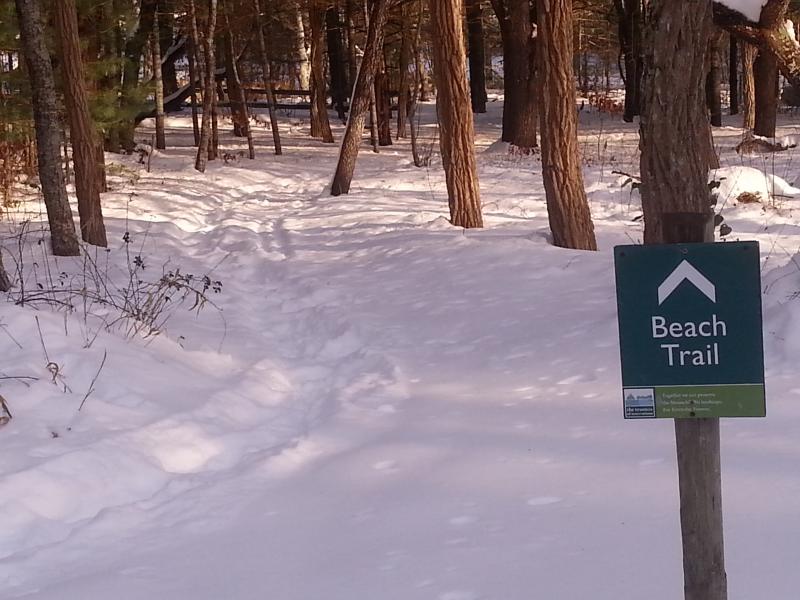Plan unveiled to remove invasive tree species
Not many people know what Cape Cod should look like, sighs Diane Lang. The Trustees of Reservations South Coast Superintendent remembers how, as a child, she knew that she’d reached the Cape: “All of the trees were really scrubby, so you could see everything.”
This view has now been distorted by the arrival of white pine trees, a tall pine not native to Cape Cod, which shades out any other trees and vegetation near it. Lang and several dedicated volunteers have decided to revert to an earlier time, as it were, and remove 42 acres worth of white pines from the 210-acre Lyman Reserve. The previous owners of the property had cultivated white pines there to sell them to pine tar producers. The forestry cutting, Lang says, will return the area to what it should be - a natural pine barren habitat, filled with local species of flora and fauna.
The white pines’ relatively foreign influence in a coastal area has threatened a number of local species. The animal species that the Lyman forestry cutting project is most concerned with is the New England cottontail - a once-plentiful species of rabbit, whose natural habitat has now shrunk to roughly a fifth of its original size. The cottontails prefer to live in young forest, filled with scrubby brush.
In the past, natural occurrences like forest fires kept many forests young. The forest fires also reduced the number of white pines, which aren't fire-resistant. Today, forests in the Cape Cod area generally remain untouched except in cases of development, creating a more mature forest which is not to the cottontails’ liking.The project will also provide a natural habitat for other local animal species such as the American woodcock, the blue-winged warbler, the Barrows buck moth, and the box turtle.
The project will also aid local vegetation, said Trustees Habitat Specialist Caleb Garone. The cutting will allow for the natural regrowth of pitch pines and scrub oaks, as well as creating openings for small shrubs, blueberries, huckleberries and plants like lady’s tresses to reach sunlight.
The forestry cutting efforts on the property will take place starting January 16th. Garone noted that box turtles’ active season is between March 31st and December 1st, so all projects must be completed outside of those months. “We don’t want to endanger any box turtles by having them near our equipment,” he explained. He expects the entire cutting project to take 12 days, ending in early February, pending any severe weather. TR Landworks will carry out the cutting, which will leave the shredded tree matter on the ground - no tree material will be taken offsite, Some trails will be temporarily closed off to visitors during that time.















